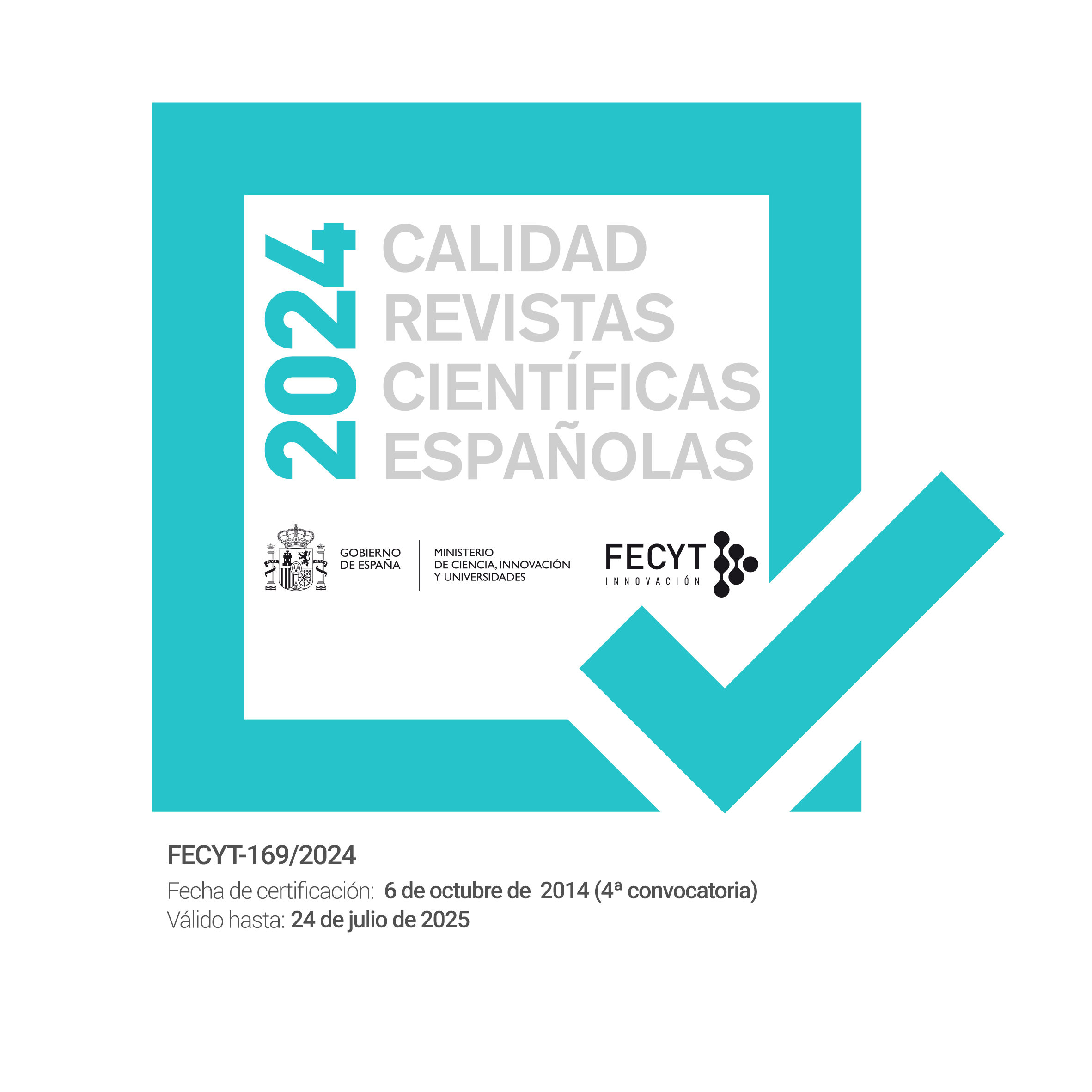Novice and experienced language teachers’ experiences of designing materials: A comparative case study
DOI:
https://doi.org/10.30827/portalin.vi43.29379Keywords:
Materials designers, teacher professional development, identity, novice teachers, experienced teachersAbstract
Language teachers’ experiences as materials designers have been identified to be influenced by various factors at different contextual levels, including teaching experience. Language teachers with varying experience levels exhibit different ways of responding to the challenges they experience. However, there is an inadequate understanding of the influence of teaching experience on language teachers’ professional development in their role as materials designers. This article reports on a comparative case study investigating the similarities and differences in the challenges that novice teachers and experienced teachers encounter and the strategies that they use to address these challenges. We collected data from interviews, personal materials, and WeChat conversations with four teachers who were in the process of designing teaching materials. The findings show that although these teachers face similar challenges in relation to, e.g., knowledge in materials selection and task design, experienced language teachers tend to interact with colleagues and students and draw upon prior experiences to respond to these challenges, while novice language teachers’ responses are more cognition-oriented. This highlights the need to provide resources and support tailored to each group of teachers, bolstering novice teachers' ability to utilize social resources while also enhancing experienced teachers' motivation to acquire more knowledge.
Downloads
References
Atkinson, D. (2021). The adaptive expertise of expert ELT textbook writers. RELC Journal, 52(3), 603-617. https://doi.org/10.1177/0033688219893119
Banegas, D. L., Corrales, K., & Poole, P. (2020). Can engaging L2 teachers as material designers contribute to their professional development? Findings from Colombia. System, 91. https://doi.org/10.1016/j.system.2020.102265
Braun, V., & Clarke, V. (2019). Reflecting on reflexive thematic analysis. Qualitative research in sport, exercise and health, 11(4), 589-597. https://doi.org/10.1080/2159676X.2019.1628806
Burns, A., & Richards, J. C. (Eds.). (2009). The Cambridge Guide to Second Language Teacher Education. Cambridge University Press.
Çakmak, M., Gündüz, M., & Emstad, A. B. (2019). Challenging moments of novice teachers: Survival strategies developed through experiences. Cambridge Journal of Education, 49(2), 147-162. https://doi.org/10.1080/0305764X.2018.1476465
Carabantes, L., & Paran, A. (2022). ‘It may also be our own fault to think so, to limit them before even trying’: Assuming learner limitations during materials design in English language teacher education. TESOL Quarterly. https://doi.org/10.1002/tesq.3102
de Laurentiis Brandão, A. C. (2018). Visualizing EFL teacher identity (re) construction in materials design and implementation. Applied Linguistics Review, 9(2-3), 249-271. https://doi.org/10.1515/applirev-2016-1060
Derakhshan, A., & Nazari, M. (2022). Examining teacher identity construction in action research: The mediating role of experience. Educational Studies, 1-20. doi:10.1080/03055698.2022.2073177
Duff, P. A., & Uchida, Y. (1997). The negotiation of teachers' sociocultural identities and practices in postsecondary EFL classrooms. TESOL Quarterly, 31(3), 451-486. https://doi.org/10.2307/3587834
Ellis, R. (2003). Task-based language learning and teaching. Oxford University Press.
Gatbonton, E. (2008). Looking beyond teachers’ classroom behaviour: Novice and experienced ESL teachers’ pedagogical knowledge. Language Teaching Research, 12(2), 161-182. https://doi.org/10.1177/1362168807086286
Hua, Y., & Zhang, J. (2023). Probing into novice and experienced teachers’ knowledge, perceptions, and practices in the EFL classroom. Porta Linguarum: revista internacional de didáctica de las lenguas extranjeras, (9), 81-99. https://doi.org/10.30827/portalin.vi2023c.29628
Jolly, D., & Bolitho, R. (1998). A framework for materials writing. In B. Tomlinson (ed.), Materials development in language teaching (pp. 90–115). Cambridge University Press.
Karimi, M. N., & Asadnia, F. (2023). Variations in novice and experienced L2 teachers’ pedagogical cognitions and the associated antecedents in tertiary-level online instructional contexts. Language Awareness, 32(2), 235-254. https://doi.org/10.1080/09658416.2022.2033251
Langer, J. A. (2011). Envisioning knowledge: Building literacy in the academic disciplines. Teachers College Press.
Li, J., Gao, X., & Cui, X. (2023). Language teachers as materials developers. Relc Journal, 54(3), 881-889. https://doi.org/10.1177/003368822110616
Li, J., Wu, Y., & Gao, X. A. (2023). Language teachers’ engagement with ideological representations as materials designers. System, 117, 103121. https://doi.org/10.1016/j.system.2023.103121
Li, J., & Gao, X. (2025).Language teachers' developmental trajectories as materials developers. TESOL Quarterly, 0(0000), 1-31. https://doi.org/10.1002/tesq.3380
Li, J., Guo, Y., & Gao, X. (2024). Conceptualisation of culture and research methods in studies of language teaching materials: a systematic review. Journal of Multilingual and Multicultural Development, 1–17. https://doi.org/10.1080/01434632.2024.2419490
Li, X., & Xu, J. (2023). Understanding tertiary EFL teacher learning and identity development: a cultural-historical activity theory perspective. Porta Linguarum: revista internacional de didáctica de las lenguas extranjeras, (9), 251-271. https://doi.org/10.30827/portalin.vi2023c.29652
Merriam, S. B. (1988). Case study research in education: A qualitative approach. Jossey-Bass.
Merriam, S. B., & Tisdell, E. J. (2016). Designing your study and selecting a sample. In S. B. Merriam & E. J. Tisdell, Qualitative research: A guide to design and implementation (pp. 73-104). Jossey-Bass.
Mishler, E. G. (2009). Storylines: Craftartists’ narratives of identity. Harvard University Press.
Munroe, A. M. (2022). Novice and experienced music teacher resilience: A comparative case study. Research Studies in Music Education, 44(1), 99-109. https://doi.org/10.1177/1321103X211023248
Punch, K. F. (2009). Introduction to Research Methods in Education. Sage.
Rahimi, M., Zhang, L. J., & Esfahani, N. N. (2016). Advocating school-university partnership for responsive teacher education and classroom-based curricula: Evidence from teachers' cognitions about principles of curriculum design and their own roles. Australian Journal of Teacher Education, 41(12). https://doi.org/10.14221/ajte.2016v41n12.6
Richards, J. C., & Rodgers, T. S. (2014). Approaches and methods in language teaching. Cambridge University Press.
Tomlinson, B. (Ed.). (2013). Applied linguistics and materials development. A&C Black
Tomlinson, B. (Ed.). (2023). Developing materials for language teaching. Bloomsbury Publishing.
Ulla, M. B., & Perales, W. F. (2021). Developing an English language teaching textbook in a Thai university: Classroom language teachers as writers. English Teaching & Learning, 45(4), 461-476. https://doi.org/10.1007/s42321-021-00078-2
Yin, R. K. (2014). Case study research: Design and methods (5th ed.). Sage.
Downloads
Published
How to Cite
Issue
Section
License
Copyright (c) 2024 Jiao Li, Yun Wu, Xuesong (Andy) Gao

This work is licensed under a Creative Commons Attribution 4.0 International License.



















